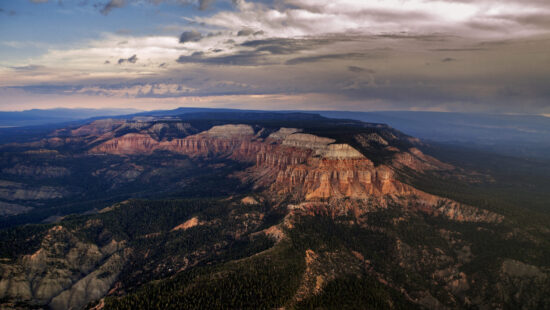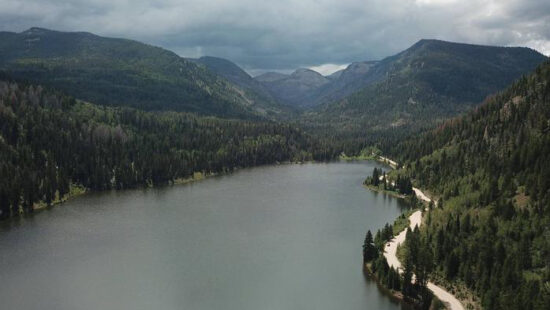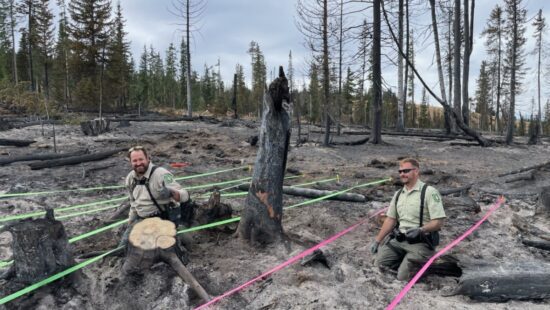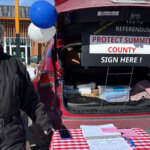Community
Help protect our national forests when visiting this summer
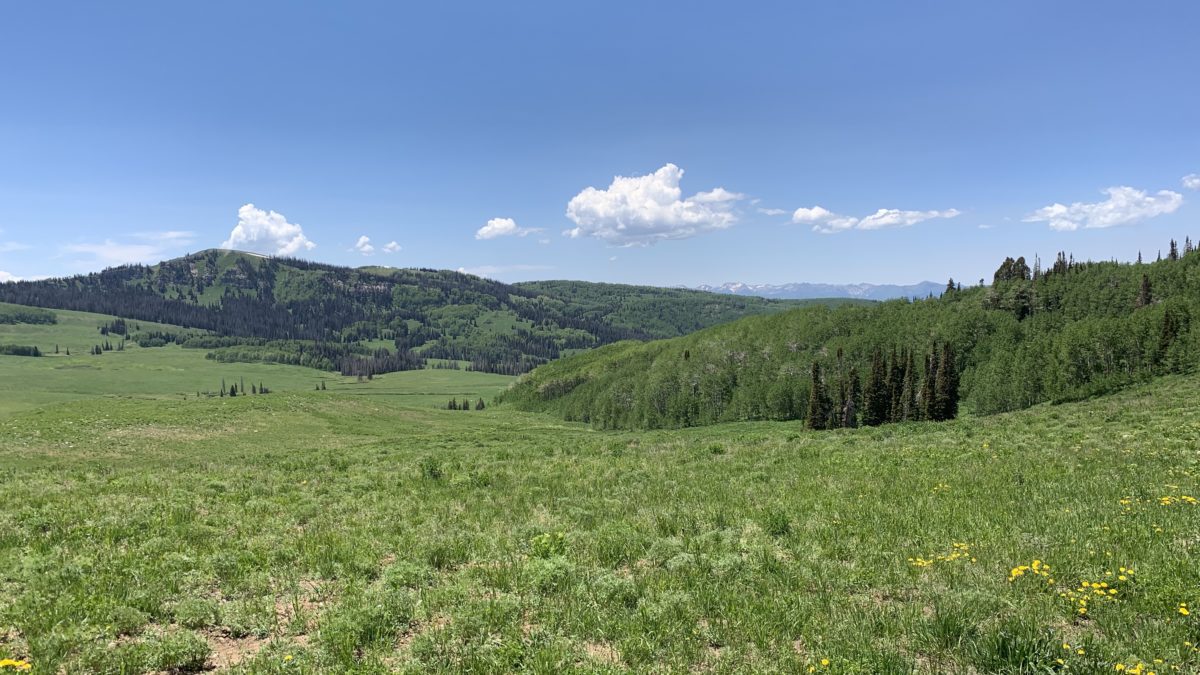
Photo: Uinta-Wasatch-Cache National Forest outside of Heber City Photo: Will Scadden
WASATCH COUNTY, Utah- Only 2o miles outside of Heber and Park City lies the Uinta-Wasatch-Cache National Forest, which spans 2.2 million acres across Northern Utah and Southwestern Wyoming. The forest offers quick and convenient access, and welcomes more than 10 million visitors annually, making it one of the most visited forests in the country.
The local National Forest Service in Heber and Kamas are working to conserve the forests’ ecosystem and natural beauty.
“With the use in the Heber Valley and different types of recreation we are seeing heavy impacts on trails because of off-roading vehicles,” said Loyal Clark, the Public Affairs officer for the Uinta-Wasatch-Cache National Forest office. “Campgrounds are full every day for the past three years, and people are camping in undeveloped sites. Unfortunately, this brings litter, garbage, and fire risks which affects water quality and the whole forests’ ecosystem.”
The Uinta-Wasatch-Cache forest contains over 1,100 miles of rivers and streams running through it, including watersheds that provide drinking water for local communities. Over 60% of the forests’ watersheds eventually become drinking water, so the Forest Service is prioritizing the task of preserving the water quality.
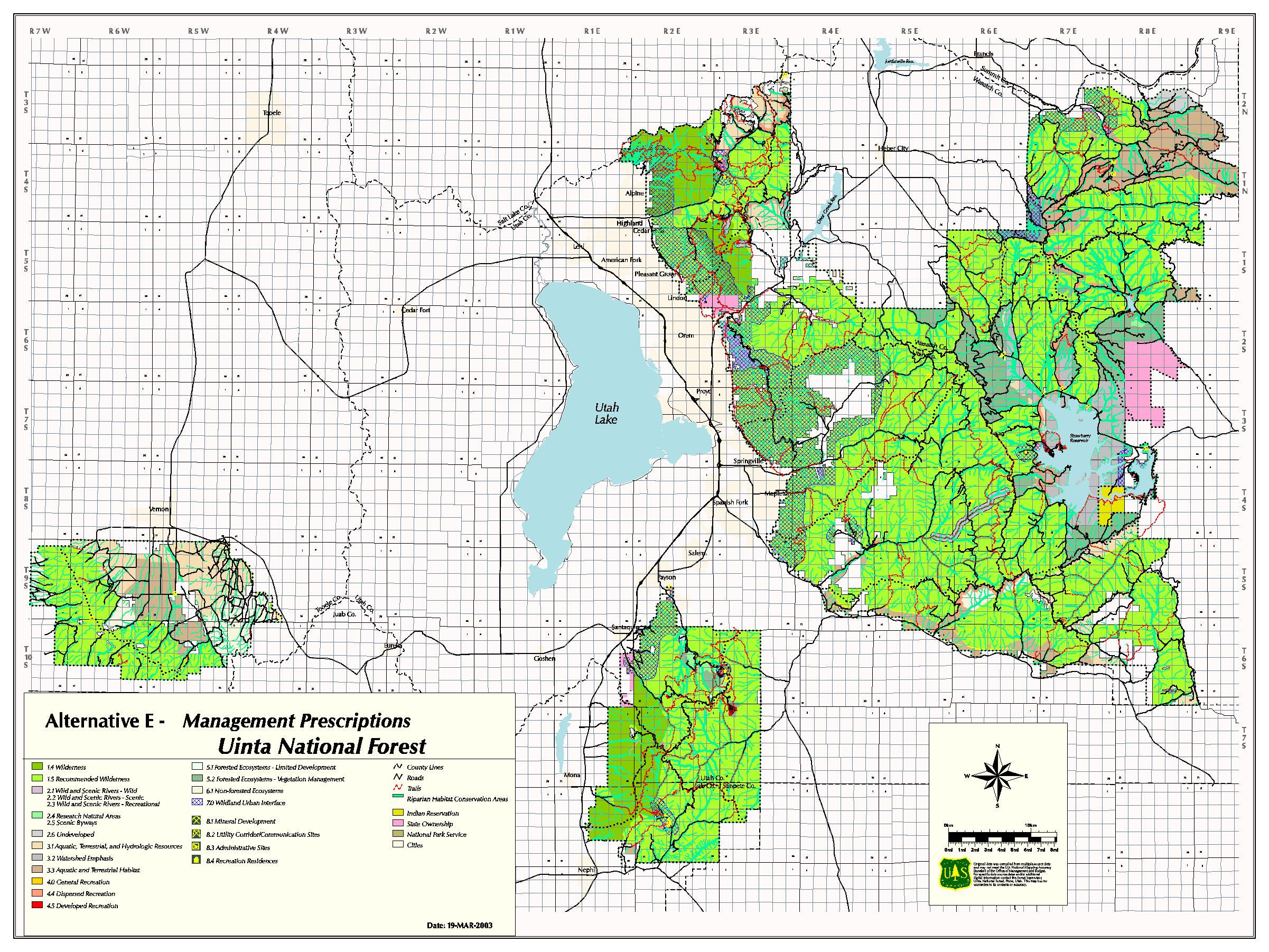
This Summer, the Forest Service is working on developing more trails and posts throughout the forest.
“More off-roading trails and posts will help keep people away from streams and rivers, which can be eroded and polluted easily,” said Clark. Oil and fluids from RVs or off-roading vehicles can leak into the watershed, and Clark encourages the importance of being mindful when recreating throughout the forest.
The Forest Service has partnered with the Utah Division of Wildlife Resources to identify sensitive areas to prevent the building of any trails or campgrounds.
Additionally, the sheer number of visitors means an increase in fire damage as the dry season approaches. While the fire danger is moderate right now, Clark is expecting an increase in a few weeks, “since it has been wet lately, shrubs and grasses in lower elevations and foothills have grown tall and will eventually dry out. These grasses catch fire easily and burn quickly.”
There are never any fireworks allowed in the parks, and open fire restrictions have been enforced in the past.
To reduce the potential for a widespread uncontrolled burn, the Forest Service is currently working on fuel reduction projects. They contract the logging of dead trees in specific areas, and also have plans for prescribed burns in the fall, weather permitting.
The removal of dead trees, either by logging or prescribed burns allows for new growth in the area. New growth develops a stronger forest and a more fire-resistant ecosystem.
In the event of an unplanned fire, the Forest Service have established bunkhouses and stations throughout the forest so they can respond quickly. There is also an agreement with local Fire Departments and state offices, who will respond to an uncontrolled burn, and send available crews and supplies.















